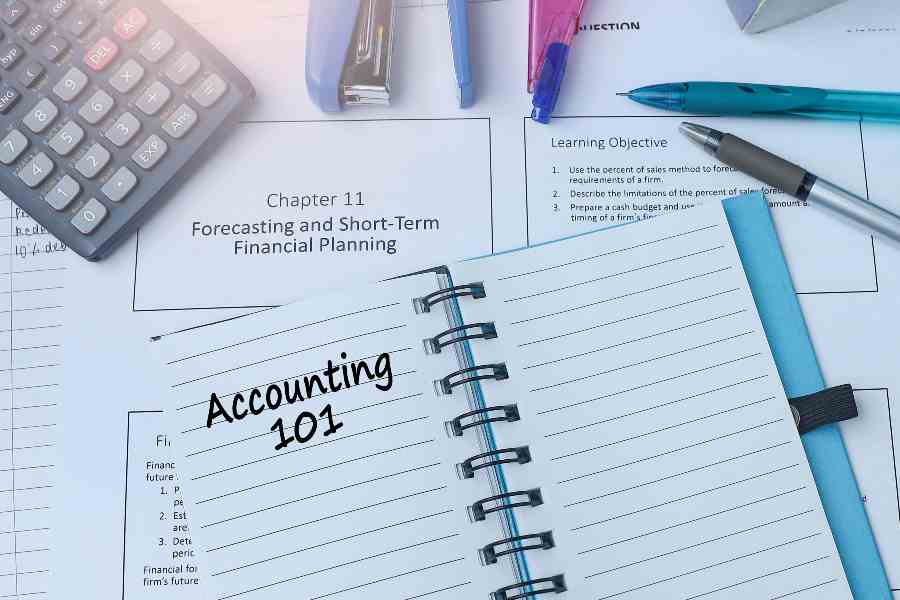Generally, supplies are classified as current assets on the balance sheet until their use is recorded as an expense.
Are Supplies a Current Asset? (+ Journal Entries)
This article is part of a larger series on Bookkeeping.
Supplies on hand are classified as current assets A current asset is an asset that is expected to be converted into cash or used up within one operating cycle, typically one year. These assets are essential for supporting a company’s day-to-day operations and are readily available for use in the normal course of business. on the balance sheet because they are expected to be used up or converted into cash within one operating cycle or one year, whichever is longer. Since supplies are consumed in day-to-day business operations, supplies on hand are considered current assets. These can range from office supplies in a corporate setting to medical supplies in a healthcare facility.
Key Takeaways
- Supplies are consumable items used in day-to-day business operations. They are necessary but not held for long-term use or resale.
- Some companies may choose to ignore supplies on hand and show all purchases of supplies as expenses on the income statement. This is an incorrect accounting treatment but is allowed if the amount is immaterial to the financial statements.
- Supplies are different from inventory. Inventory is what a business sells to customers, while supplies are used by the business itself and aren’t directly part of the final product.
What Are Supplies in Accounting
In accounting, supplies refers to items or materials used in the normal course of business operations and are expected to be consumed within a relatively short period, usually a year. These items are necessary for conducting business activities but aren’t intended for resale.
The definition of supplies can vary slightly depending on the context but generally includes the following characteristics:
- Current asset: Supplies on hand are a current asset on the balance sheet.
- Consumable nature: Supplies are expected to be used up or consumed in the production of goods or services or in the general operations of the business. Examples include office supplies (e.g., paper, pens, and ink cartridges) and maintenance supplies (e.g., cleaning agents and lubricants).
- Short-term use: Supplies are typically consumed within a short timeframe, usually within one year or the normal operating cycle of the business. They are not held for long-term investment purposes.
- Not for resale: Unlike inventory items held for resale, supplies are used internally within the business and are not intended for external sale to customers. They support day-to-day activities rather than being part of the final product sold to customers.
- Expense recognition: The cost of supplies used during a specific period is recognized as an expense on the income statement. This expense is typically classified as part of the cost of goods sold (COGS), if directly related to production, or as an operating expense if related to general business operations.
Example of Supplies
Business supplies can be broadly categorized into two main types:
- Office supplies: This includes paper goods (e.g., printer paper and notebooks), writing instruments (e.g., pens and highlighters), and electronics (e.g., computers, printers, scanners, and calculators). Binders, folders, boxes, and breakroom supplies like coffee, disposable cups, plates, and napkins are also included in this category.
- Industry-specific supplies: In addition to general office supplies, many businesses require industry-specific supplies. For example, construction companies may require hammers, saws, nails, screws, and safety gear, whereas retail businesses will likely need cash registers, receipt paper, shopping bags, and barcode scanners. Meanwhile, manufacturing businesses may use raw materials, machinery, tools, and safety equipment.
How to Record a Supplies Journal Entry
There are two main ways to record a journal entry for the purchase of supplies, depending on how your business chooses to handle them in its accounting system. Here’s a breakdown of both methods:
Method 1: Expense Supplies When Purchased
This is the most common approach for businesses dealing with low-value, frequently-used supplies. In this method, you record the cost of the supplies as an expense in the same period you purchase them.
The journal entry would look like this:
- Debit: Supplies Expense (this increases the expense account)
- Credit: Cash (if paying with cash) or Accounts Payable (if paying on credit)
Let’s say you buy $20 worth of printer paper on January 31. The journal entry would be:
January 31 Journal Entry:
Debit | Credit | |
|---|---|---|
Supplies Expense | 20 | |
Cash or Accounts Payable | 20 |
There must then be an adjusting journal entry at the end of the year to record the supplies on hand. However, the adjusting entry to record supplies on hand might be ignored if the amount is immaterial to the financial statements.
The journal entry would look like this:
- Debit: Supplies
- Credit: Supplies Expense
December 31 Journal Entry example:
Debit | Credit | |
|---|---|---|
Supplies | 100 | |
Supplies Expense | 100 |
Method 2: Record Supplies as an Asset
This method is used for businesses purchasing a significant amount of supplies at once and wanting to track those supplies as an asset until they are used. This requires a bit more accounting work.
- When you purchase the supplies, record them as an asset on the balance sheet by debiting Supplies and crediting Cash or Accounts Payable.
- At the end of the accounting period (month, quarter, or year), estimate the value of supplies you have on hand. This requires a physical count or an established method for estimating usage.
- You’ll then debit Supplies Expense and credit Supplies, which reduces the asset account to reflect used supplies.
Suppose you buy $1,000 of printer paper on January 1. The initial journal entry would be:
January 1 Journal Entry:
Debit | Credit | |
|---|---|---|
Supplies | 1,000 | |
Cash or Accounts Payable | 1,000 |
Let’s say at the end of the month, you estimate you have $400 worth of printer paper left. The adjusting entry would be:
January 31 Journal Entry:
Debit | Credit | |
|---|---|---|
Supplies Expense | 600 | |
Supplies | 600 |
Our related resources:
- What Are Assets in Accounting? Types & Examples
- The Current Ratio: What It Is & How to Calculate It
- Current Assets vs Fixed Assets: What’s the Difference?
- What Is Fixed Asset Accounting? Things You Need to Know
- Accounting 101: Basic Terminologies, Accounting Cycle & More
Best Practices for Correctly Classifying Supplies
Learning how to classify supplies is crucial for accurate financial reporting and efficient management of resources. Here are some best practices for correctly classifying supplies:
- Understand the nature of supplies: Gain a clear understanding of the types of supplies your business uses. These can include office supplies, maintenance supplies, and raw materials.
- Establish classification criteria: Develop clear criteria for classifying supplies based on their usage and intended purpose within your business operations. This may include criteria such as consumable nature, usage time frame, and value thresholds.
- Segregate supplies from other assets: On your balance sheet, clearly segregate supplies from other asset categories, such as long-term assets or investments. Use separate accounts or sub-accounts in your accounting software to track supplies accurately.
- Maintain detailed records: Keep detailed records of all supply transactions, including purchases, usage, returns, and adjustments. Maintain supporting documentation, such as purchase orders and invoices.
- Regularly review and adjust: Conduct regular reviews of supplies on hand and usage trends. Adjust supply classifications as needed based on changes in business operations, market conditions, and regulatory requirements.
Frequently Asked Questions (FAQs)
Supplies are initially recorded on the balance sheet at their historical cost, which includes the cost of acquisition, transportation, and any other costs necessary to bring the supplies to their intended location and condition for use. They are reported at cost until they are used or sold.
Businesses should implement proper practices to ensure efficient use of supplies. This includes monitoring usage levels, implementing reorder points to replenish supplies on time, avoiding overstocking or stockouts, and conducting regular inventory audits.
No, supplies are not considered inventory. Inventory refers to the items that a business intends to sell to its customers, either directly (finished goods) or as raw materials used to create finished products. Inventory is eventually converted to cash through sales. Meanwhile, supplies are the items a business uses in its day-to-day operations. Because they are consumed by the business, they don’t directly become part of the products sold.
Current assets are expected to be used or converted to cash within one year or the operating cycle, whichever is longer. Noncurrent or fixed assets, on the other hand, provide value for a longer period, typically exceeding a year. For more information, see our comparison of current assets vs fixed assets.
Bottom Line
Supplies can be considered current assets because they meet the definition of being expected to be used or sold within a year or the operating cycle. Businesses have the flexibility to choose between two accounting methods for supplies: expensing them directly or recording them as an asset first and then expensing them as they’re used. Regardless of the chosen method, understanding how to account for supplies is important for accurate financial reporting and effective business management.


